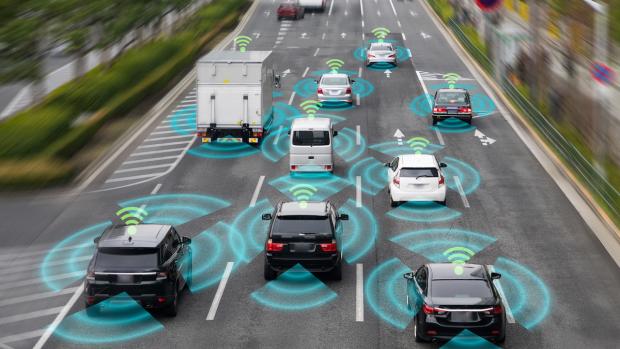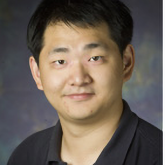NYU Tandon School of Engineering researchers develop algorithm for safer self-driving cars

In a promising development for self-driving car technology, a research team at NYU Tandon School of Engineering has unveiled an algorithm — known as Neurosymbolic Meta-Reinforcement Lookahead Learning (NUMERLA) — that could address the long-standing challenge of adapting to unpredictable real-world scenarios while maintaining safety.
The research was conducted by Quanyan Zhu, NYU Tandon associate professor of electrical and computer engineering, and his Ph.D. candidate Haozhe Lei.
Artificial intelligence and machine learning have helped self-driving cars operate in increasingly intricate scenarios, allowing them to process vast amounts of data from sensors, make sense of complex environments, and navigate city streets while adhering to traffic rules.
As they venture beyond controlled environments into the chaos of real-world traffic, however, such vehicles’ performance can falter, potentially leading to accidents.
NUMERLA aims to bridge the gap between safety and adaptability. The algorithm achieves this by continuously updating safety constraints in real-time, ensuring that self-driving cars can navigate unfamiliar scenarios while maintaining safety as the top priority.
The NUMERLA framework operates as follows: When a self-driving car encounters an evolving environment, it uses observations to adjust its “belief” about the current situation. Based on this belief, it makes predictions about its future performance within a specified timeframe. It then searches for appropriate safety constraints and updates its knowledge base accordingly.
The car's policy is adjusted using lookahead optimization with safety constraints, resulting in a suboptimal but empirically safe online control strategy.
One of the key innovations of NUMERLA lies in its lookahead symbolic constraints. By making conjectures about its future mode and incorporating symbolic safety constraints, the self-driving car can adapt to new situations on the fly while still prioritizing safety.
The researchers tested NUMERLA in a computer platform that simulates urban environments – specifically to ascertain its ability to accommodate jaywalkers — and it outperformed other algorithms in those scenarios.
Lei, Haozhe & Zhu, Quanyan. (2023). Neurosymbolic Meta-Reinforcement Lookahead Learning Achieves Safe Self-Driving in Non-Stationary Environments.


